From Static Websites to Owning Content: The History of the Internet
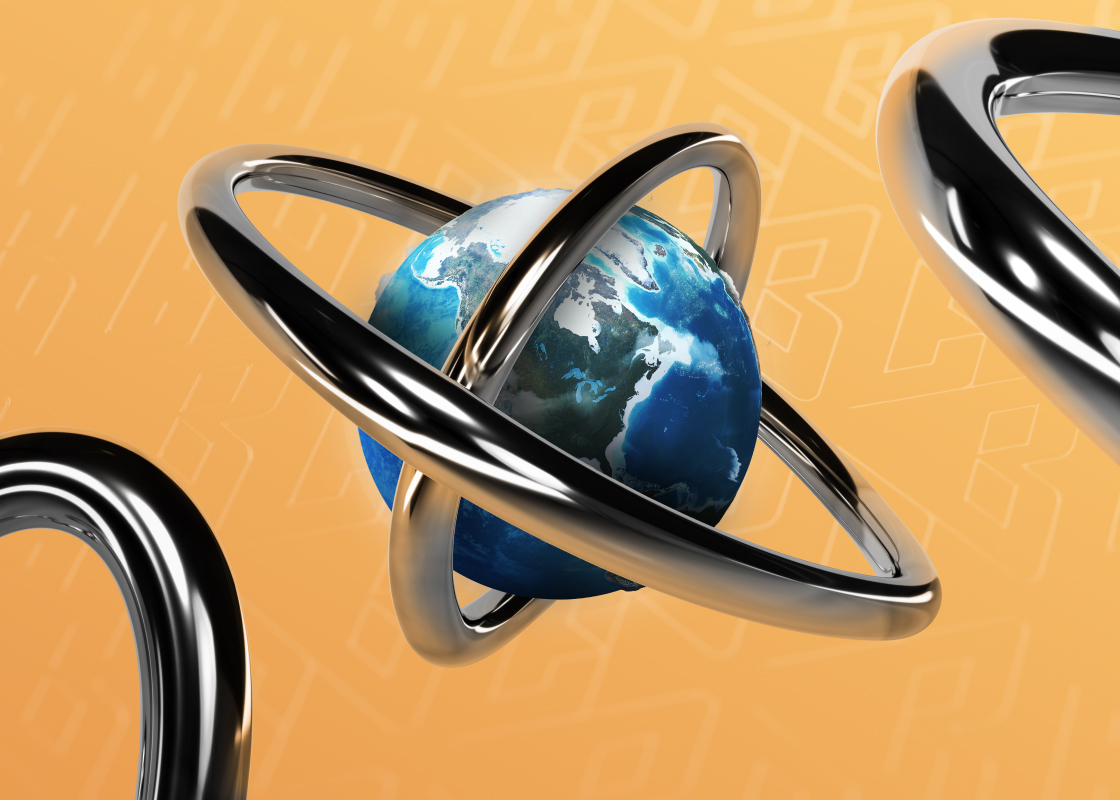
The emergence of the Internet was the defining event of the last century. For many years, humanity has invented various means of communication, leading to a global system that no one can imagine life without today. This article is dedicated to the history of the Internet, the stages of its development, and the individuals who made foundational contributions to its creation.
In our previous research, we delved into the history of blockchain, examining key moments in the emergence of crypto. If you haven’t read that article, quickly find it here.
It’s time to immerse ourselves in the history of the Internet – the most significant technological breakthrough of our generation. The Internet is constantly evolving. Different sources describe the stages of its development differently, but people interested in crypto and blockchain technology conditionally describe the Internet in three stages:
- Web 1.0 — The Internet where only information consumption is available.
- Web 2.0 — The current Internet, where you can consume and create content yourself.
- Web 3.0 — Users not only read and publish information but also gain the ability to own digital content and enter into digital contracts.
Let’s take a closer look at each of these stages:
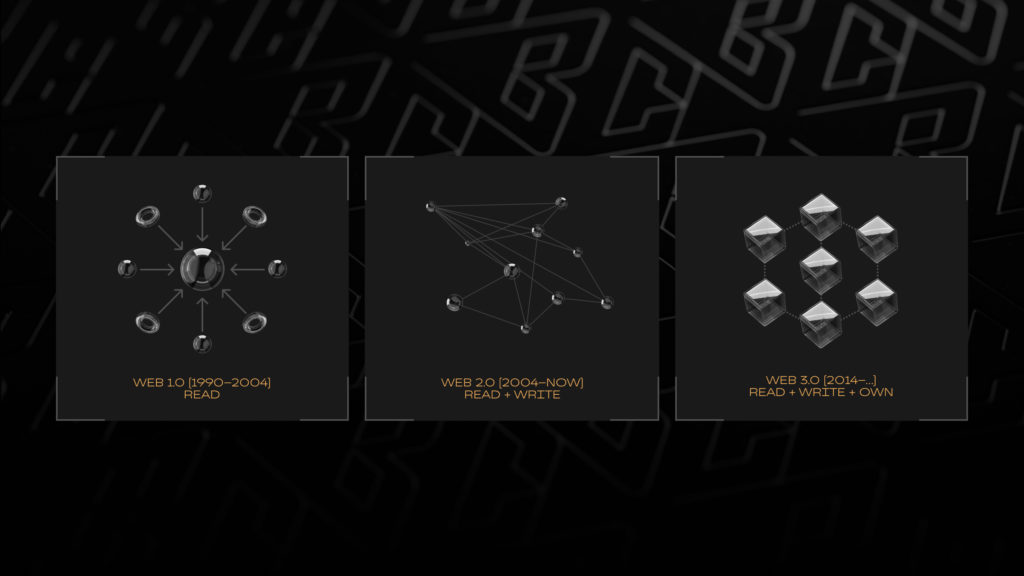
Reading. Web 1.0 (1990–2004)
Web 1.0 is the first stage in the development of the Internet, spanning 1990 to 2004. This stage was characterized by static HTML pages that provided users with read-only access. At that time, web pages consisted mainly of text, links, and images with limited interaction.
Tim Berners-Lee, the creator of the World Wide Web, called Web 1.0 sites “read-only websites” and stressed that users could consume information but could not contribute or change content. Social interaction was limited to simple chats and forums. Web 1 was a one-way communication channel through which creators provided static material in HTML files.
Although Web 1 had limited user interactivity, it played a massive role in developing the modern Internet.
The term “Web 1.0” was coined in 1999 to differentiate it from the emerging Web 2.0.
Reading and Writing. Web 2.0 (2004–present)
Web 2.0 is the second stage in the development of the Internet, which started in 2004 and continues today. The main idea behind Web 2.0 is the transition from a static “read-only” model to an interactive “read and write” model. At this stage, user-generated content, social networks, and cloud services emerged. Web 2.0 allowed users to participate in content creation actively and turned online interaction into a dynamic and collaborative experience.
An essential aspect of this stage was the development of social media platforms such as Facebook and YouTube, where users could share photos, videos, and thoughts online. This change allowed people to form communities around shared ideas. However, expanding organizational capabilities came at a price, including concerns about data ownership, privacy, and centralized control.
Amazon, Facebook, and Twitter were the “pioneers” of Web 2.0. They provided platforms for user engagement. This period also shifted toward advertising revenue models, where users offer content but do not directly own or profit from it. Popular apps and social networks like Instagram, Twitter, LinkedIn, and YouTube underwent significant changes as they grew and attracted mass user bases.
Web 2.0 is characterized by centralizing user data and raising privacy and control concerns. Governments can easily interfere with applications or shut them down, target centralized servers, and address issues of censorship and control. The limitations of Web 2.0 prompted discussions about the need to create Web 3.0, which aimed to rethink how applications are developed and interacted with, addressing data ownership, privacy, and centralized control issues.
Reading, Writing, Owning. Web 3.0 (2014 – nowadays)
Web 3.0 is the next stage in the development of the Internet. Web 3.0 was created in 2014 by Ethereum co-founder Gavin Wood.
Web 3.0 is characterized by decentralization. Unlike traditional applications that rely on centralized servers and databases, Web 3.0 applications (often called decentralized applications or dApps) use blockchain technology and networks. DApps run on multiple peer-to-peer nodes. Peer-to-peer nodes are computers connected directly to each other through a network without a centralized server. In such a network, each node (computer) acts as a client and a server for different nodes. This scheme enables the creation of a secure and stable decentralized network.
Web 3.0 introduces the concept of ownership through technologies such as blockchain, crypto, and non-fungible tokens (NFTs). Users gain control over their data, transitioning from Web 1.0 (read-only) and Web 2.0 (read and write) to Web 3.0, where ownership is added to reading and writing.
An essential aspect of Web 3.0 was transforming web content created in human language into machine-readable format. This transformation made it easier for algorithms and programs to understand the meanings embedded in messages.
The Future of the Internet
The Internet development can be divided into three main stages: Web 1.0, Web 2.0, and Web 3.0.
Web 1.0 represents the early period of Internet development, characterized by static websites and limited user interaction. Web 2.0 is transitioning to dynamic, user-oriented platforms with increased interactivity and social features.
The concept of Web 3.0 is still evolving, but it already promises a future where a wealth of data will enhance the user experience worldwide. Although the precise definition of Web 3.0 has yet to be developed, modern innovations point to its immense potential.
In the following article, we will explore the concept of Web 3.0 in even greater detail. Subscribe to our social media channels to ensure you don’t miss the announcement of the article.


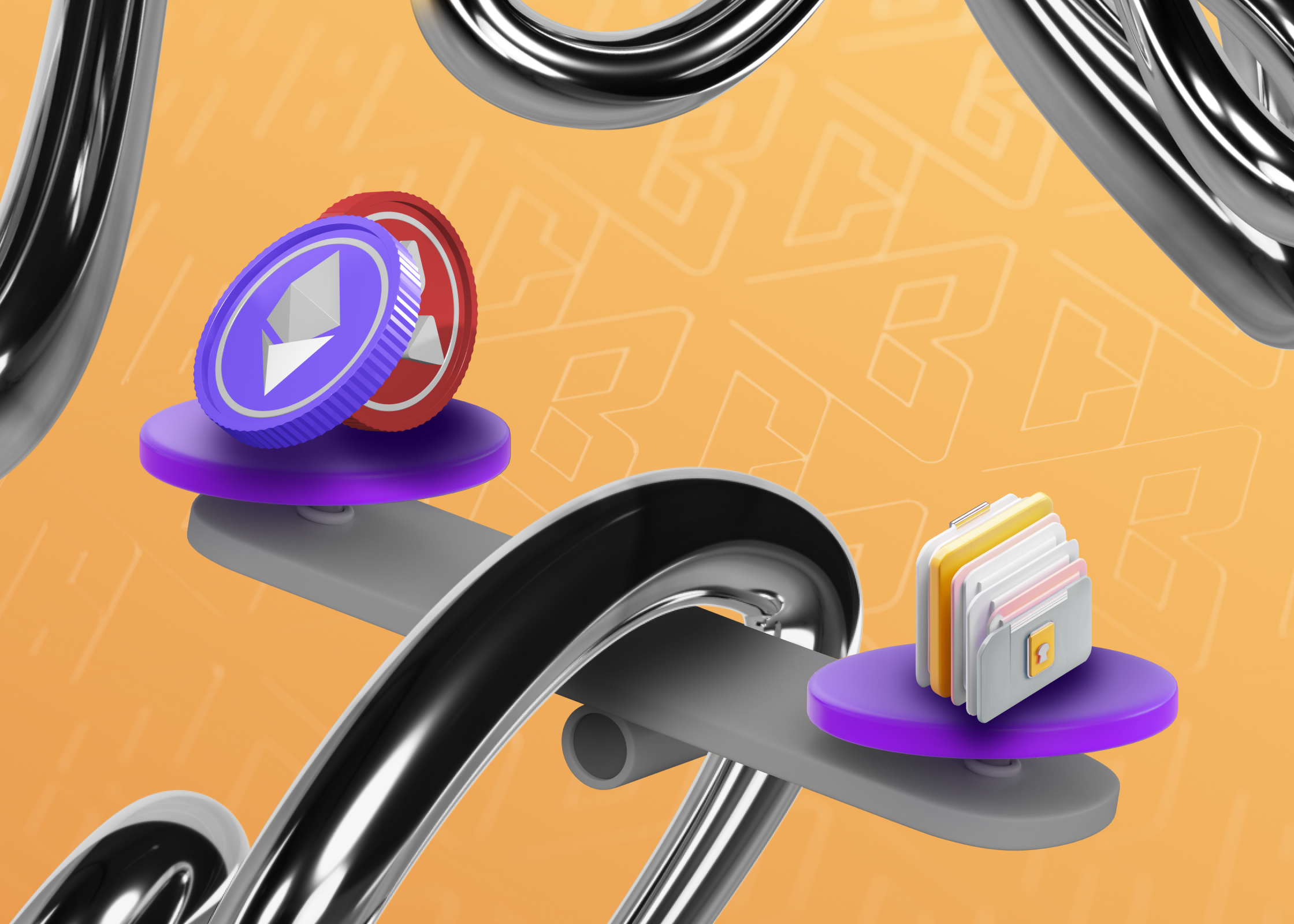
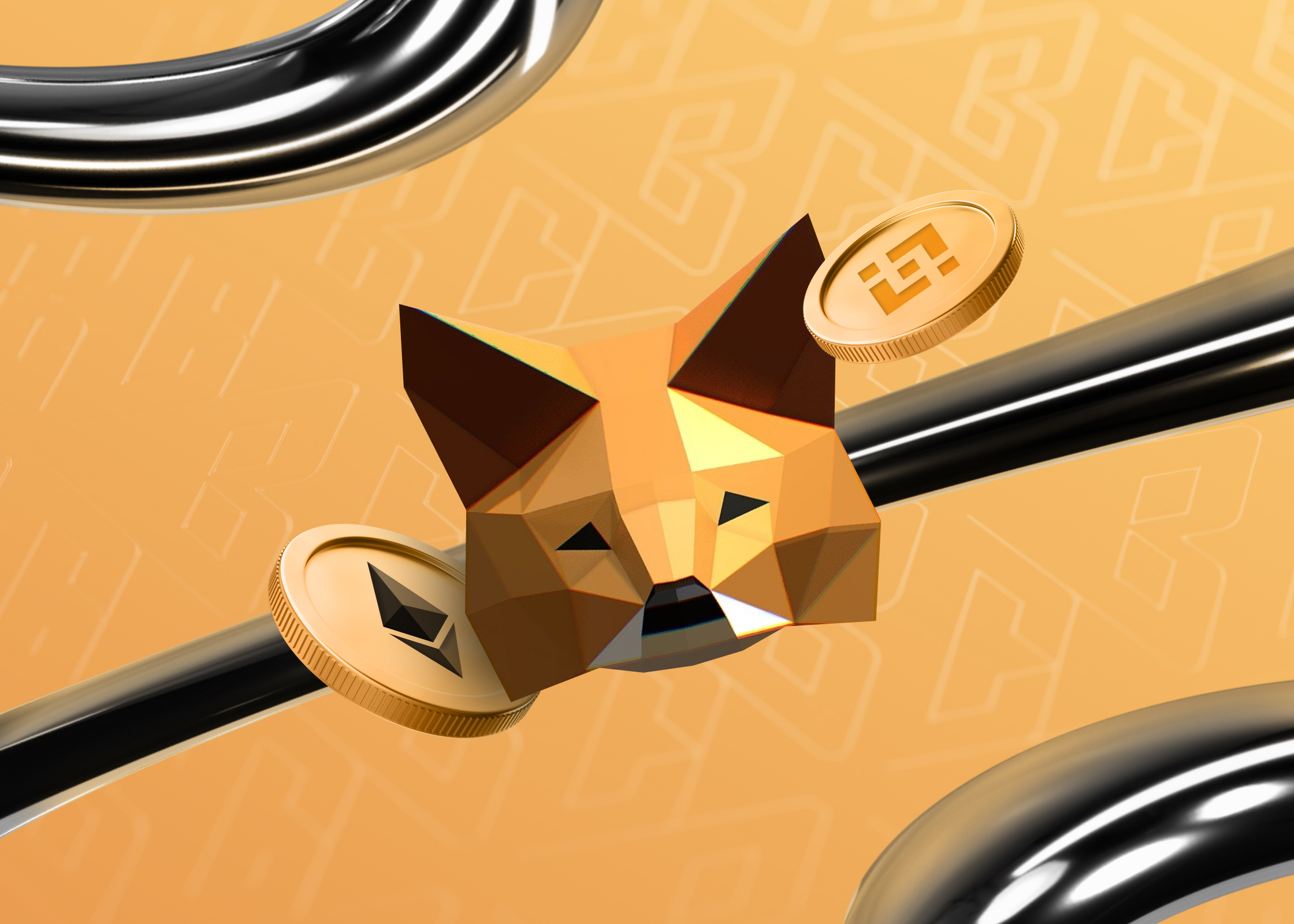
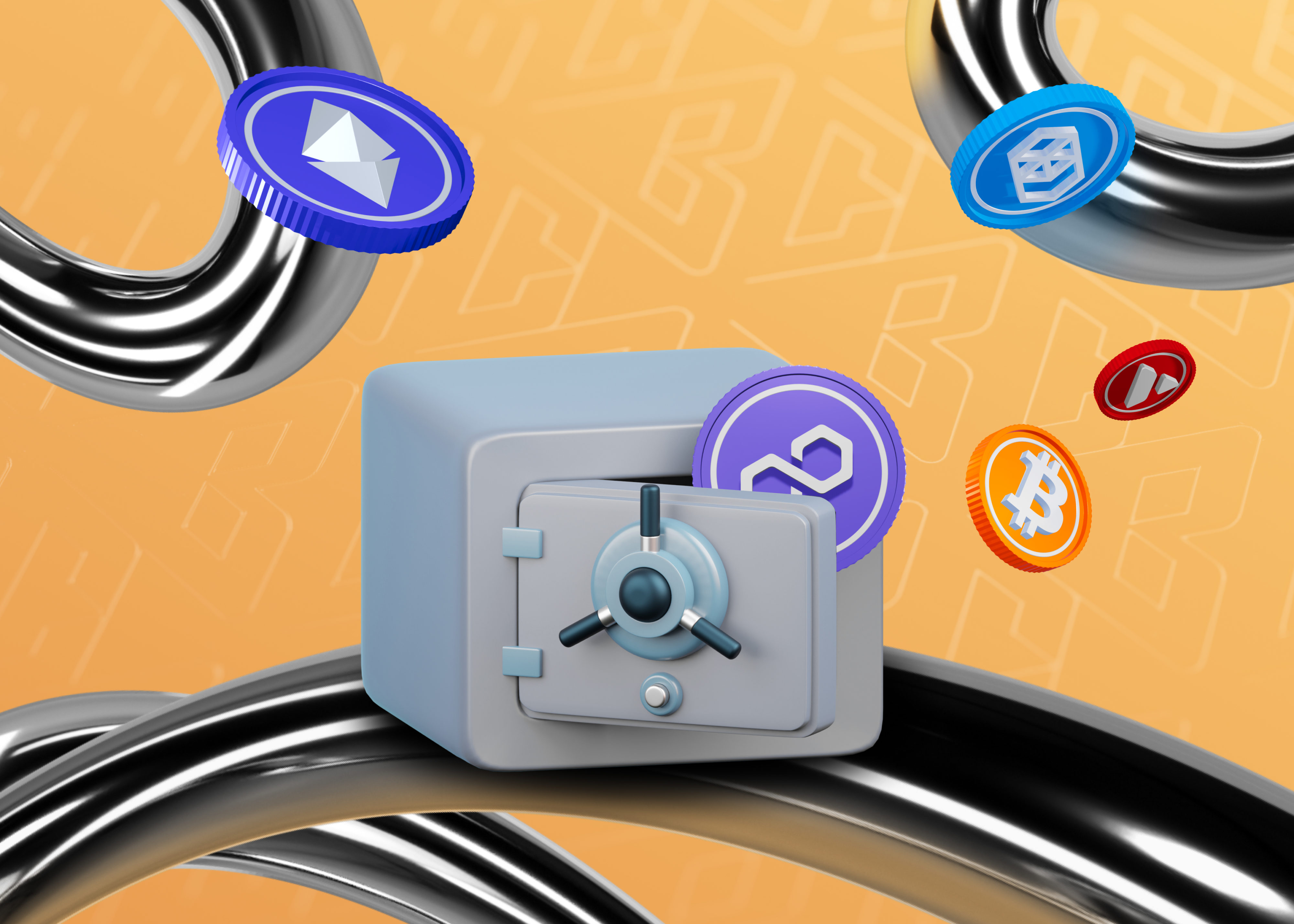
 Joining Us?
Joining Us?